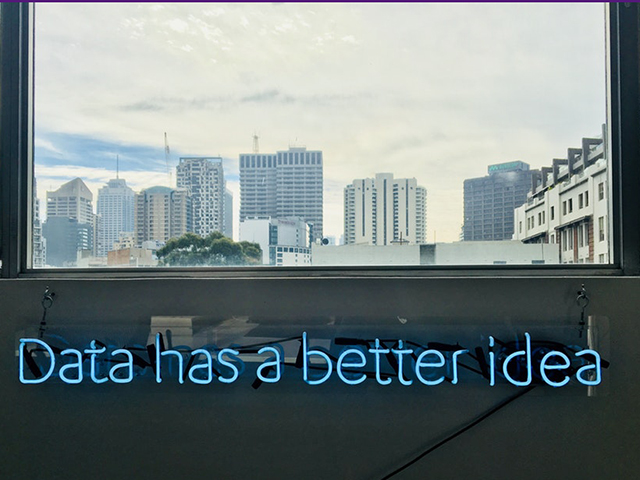 You probably already know it’s imperative to record and understand your donors’ transactional data. Data helps you develop a collective understanding of your donor’s behavior, concerns and preferences. Without the data there’s no way to build a donor profile that can reveal the personality traits, values, opinions, attitudes, interests, and lifestyles of the folks who have supported you over time.
You probably already know it’s imperative to record and understand your donors’ transactional data. Data helps you develop a collective understanding of your donor’s behavior, concerns and preferences. Without the data there’s no way to build a donor profile that can reveal the personality traits, values, opinions, attitudes, interests, and lifestyles of the folks who have supported you over time.
Data gives you tangible proof of certain inclinations. It informs personalization and fosters integrated communications.
But what about the intangibles?
When I was a young development events coordinator, one of our major donors approached me at a gala and asked about the dinner menu. She had a fairly serious food allergy and was concerned about what might be served to her when she was seated at a table with 10 others, including some strangers. We assured her all would be well and immediately contacted the caterer. Within 30 minutes, a meal was prepared that was safe for her to eat, and no one at the table was aware of any change. That night, before leaving, I entered a note about her allergy into her database record.
This simple anecdote will never appear in any modeled or optimized file. Yet, the matter was very important to both the donor and her husband, and they were most appreciative of our attentiveness. This was personal, and the donor’s allergy was regarded with great concern by everyone in the organization from that point on.
After all, fundraising is first and foremost about relationships. The stronger your relationships, the more information you’ll have about each individual donor—transactional and personal—and the more likely you are to deepen their engagement.
Data analysts who work in client files require constituent IDs only—not names and addresses. Their work is crucial to understanding overall trends in behavior that affect your strategic plans, your programming and your bottom line. But they’re not looking at individuals. That’s up to fundraisers.
Remember: the number one rule of development: people give money to people—not organizations. Be the person who represents your organization and knows and loves your donor.





